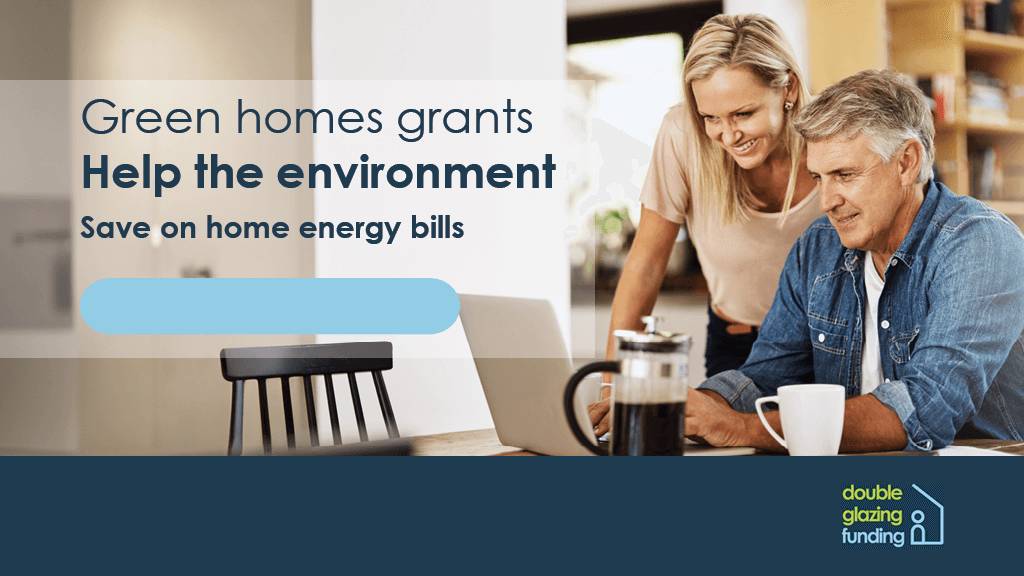What Is The Government Green Homes Grant 2025?
The government and many massive corporations are now starting to feel the pressure mounting to be more environmentally responsible. This brings us to the Green Homes Grant, double glazing schemes and much more.
Window funding options have now been made available in the UK to help with the cost of replacing windows and doors.
If there’s been one tangible benefit to the coronavirus crisis and the last couple of years. It has been the big push towards energy efficiency that we’ve seen.
Businesses are now being actively judged on how green their organisation is. And environmental groups clamouring for corporations in general to take more responsibility for the planet, both big enterprises and governments have all had to make changes.
The immediate combination of all of this is the government Green Homes Grant. What is this grant? How does it work? What will it mean if you decide to claim the grant? For the answers to all of these questions and more, keep reading.
What is the Green Homes grant?
So, what is the Green Homes Grant? What’s the point of it? Well, it’s all about energy efficiency. You see, the modern home is not energy-efficient at all.
There are a lot of properties that have boilers and electrical systems that aren’t as efficient. They’re not very green either.
There are not a lot of environmentally friendly designs out there. So the result is that many properties are not optimal for protecting the environment.
The Green Homes Grant allows landlords and homeowners in the England area to apply for a grant. That covers up to 2/3 of the costs of home improvements.
These home improvements are for the sake of increasing the energy efficiency available in the home. You have to be a homeowner or a social or private landlord to access the grant.
Contributions have a cap of up to £5000. However, low-income households could get complete funding for any project they want to undertake. In the name of home improvement, up to £10,000.
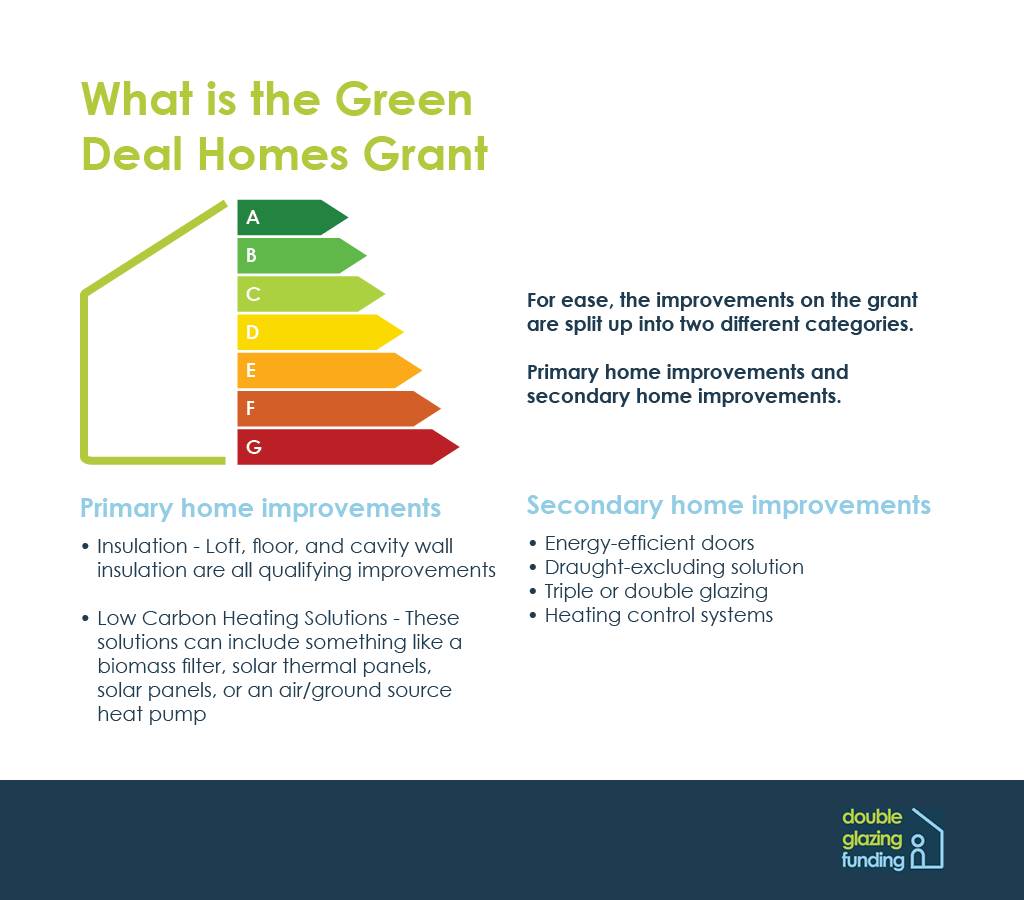
The Green Homes Grant
The Green Homes Grant UK was first introduced back in September 2020. It is expected to run until March 2022, having been extended back in November 2020.
Any work that you plan to have done to your property would have to be completed by 2022 to benefit from using the vouchers.
Reactions to the grant are varied. There are many people who have praised the entire scheme as helping to bring environmental sustainability and energy efficiency to homes all across the UK.
Whereas others have suggested that the application process is flawed and there is no availability for tradespeople.
Naturally, with such dramatically opposing viewpoints, it is enough to cause a lot of people to be naturally sceptical about whether or not the scheme is going to be a good idea for them.
Being able to schedule work to be completed by 2022 doesn’t sound difficult in theory. But in practice, there can be a lot of challenges, which can stop work like this from going ahead.
How does it work?
Right, so how does the grant work? How do you get to claim it if you want something like a grant for double glazing? Let’s take a look.
So for the sake of ease, the improvements on the grant are split up into two different categories. These are primary home improvements and secondary home improvements.
To make sure that you’re aware of what both are, we’ll be summarising them here.
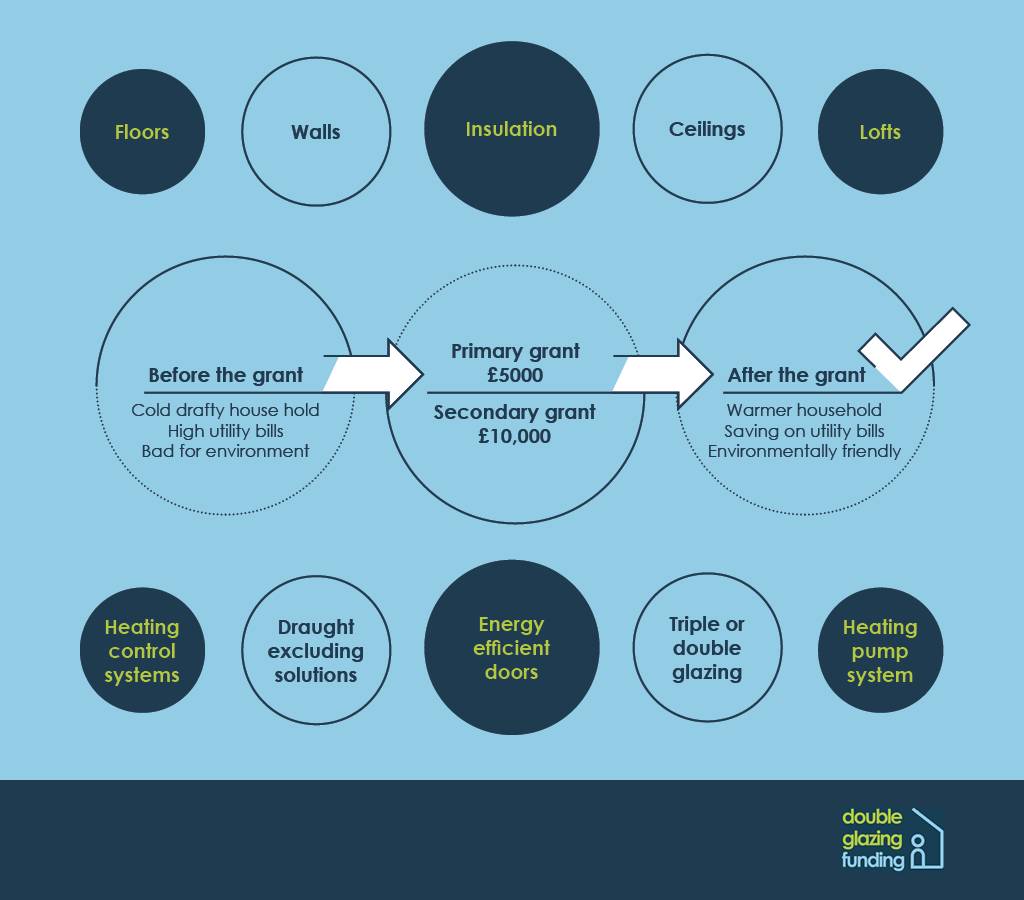
Primary home improvements
Primary home improvements are upgrades that affect the home in a more substantial way. Examples of these include:
- Insulation – Loft, floor, and cavity wall insulation are all qualifying improvements.
- Low Carbon Heating Solutions. – These solutions can include something like. A biomass filter, solar thermal panels, solar panels, or an air/ground source heat pump.
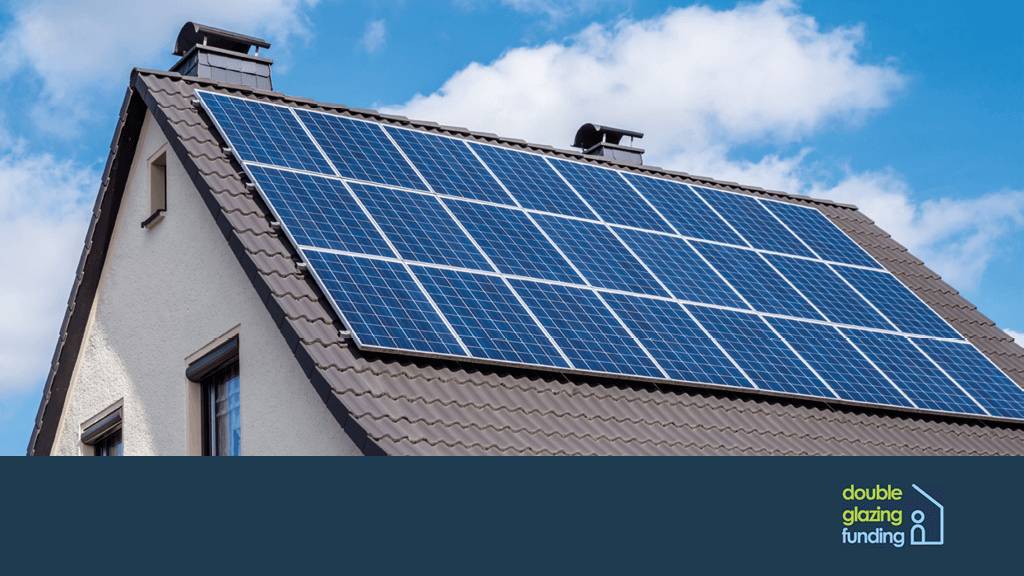
Secondary home improvements
Secondary home improvements are proven to be less substantial in terms of what they do but are still important and warrant access to the grant. Let’s check out some examples:
- Energy-Efficient Doors. – This refers to being able to replace solid doors installed before 2002. Doors that are only single-glazed with a glass component.
- Draught-Excluding Solutions – This includes any solution that is designed to prevent heat from escaping the property via draught spots.
- Triple or Double Glazing – In this specific situation, the grant applies to replacing anything which is single-glazing in the home, be it doors or Green Homes Grant windows.
- Heating Control Systems – Essentially, this means the creation and installation of any system, which allows you to control the heating of the property.
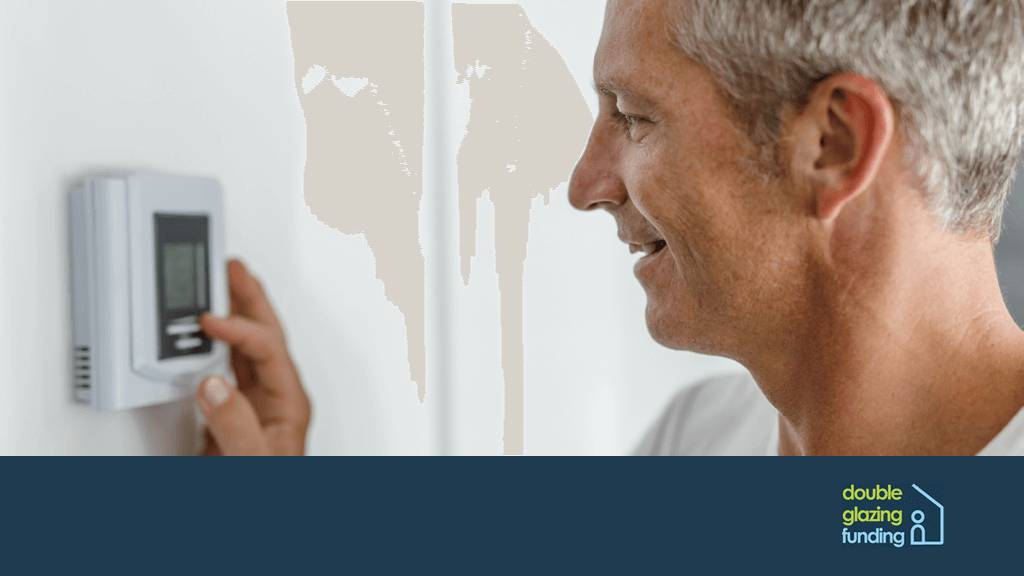
To Qualify For the Green Homes Grant
In order to qualify for the Green Homes Grant, you need to have at least one home improvement from the primary category as part of your upgrade plan.
The primary improvements are measured as being those options, which will make the most substantial difference in the home with regards to energy efficiency.
As previously stated, the vouchers themselves can cover up to 2/3 of the cost of a series of home improvements. So to give an example, if you are applying for the full £5000 voucher.
Then the remaining third of the cost of the improvements will have to be paid by you, the homeowner.
The system works like this. First of all, you apply for the primary home improvements voucher. Once you have redeemed it, then you can use it to apply for a secondary home improvements voucher. If there is money left following the application for your primary voucher.
The amount of money that you get for the secondary voucher will be equal to the same amount that you’ve got for the first voucher.
If this sounds confusing, then take a look at this example in an attempt to break it down a little bit more. Let’s say for a moment that you claimed £1500 for a primary home improvement of cavity wall insulation.
If you then decided that you wanted money for double glazing windows and doors. This is a secondary improvement, you would be entitled to another £1500 at most.
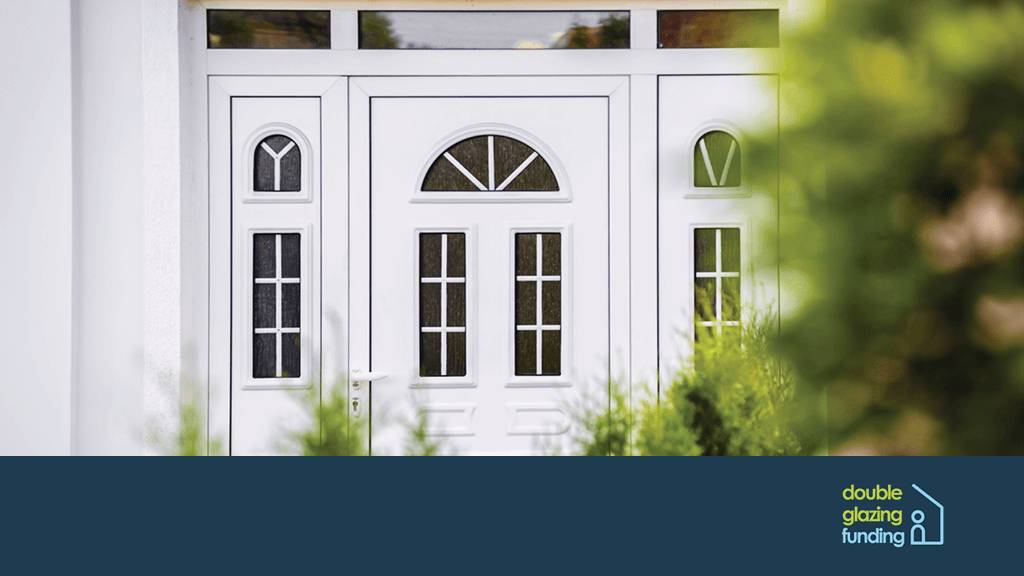
Eligibility and applying
Obviously, before you can even begin to make home improvements, you have to identify whether or not you are eligible for the grant in the first place. Those groups, which are immediately eligible, are both the homeowners and the landlords of England, Wales and Scotland.
However, it is also important to note that there are some properties, both domestic and non-domestic, which are not qualifiable. Typically, these are shops and offices.
Actually applying for the Green Homes Grant isn’t too tricky. It’s a full-stage process that you will need to complete. Let’s take a look at each of the steps in turn.
The Process of Claiming the Green Homes Grant
- Are you eligible? The first step in the process is to find out if you are eligible or not. To do this, you need to check your eligibility by pressing one of the buttons on this page. Once you are there, you need to enter your postcode to start the application process.
- Get quotes. The second thing that you should do is to find quotes for the work to be completed. This means speaking to tradespeople. If you are going to work with subcontractors, then they have to be completing work on behalf of a company with the Microgeneration Certification Scheme Accreditation. As a general rule, it’s worth collecting at least three different quotes from three different companies to work out the average amount of money that you should be paying. Never go with a company on the first recommendation because they may try to overcharge or undercharge, which would result in a lack of quality. It’s worth noting that the Simple Energy Advice website will automatically generate a list of tradespeople in your area that are available to complete home improvements of this nature.
- Complete the application. You can use our simple registration form to apply online, explaining what measures you want to carry out to improve energy efficiency in your home, to then obtain the voucher required for said improvements.
- Redeem the vouchers. When you have applied, make sure the work is completed to your satisfaction, and then redeem the vouchers to complete the transaction. That’s it; then you have your home improvements set up and ready to begin helping with energy efficiency.
Things to consider
At first glance, the scheme may seem like an incredible resource. The government is incentivising the need to make home improvements to increase energy efficiency.
This translates to reduced heating and electric costs and better bills for you all year round.
However, the reality is a little bit different. The scheme has noble intentions and was devised effectively on paper, but when put into practice, a few glaring issues have presented themselves.
So it’s essential to consider these facts and developments before making any claim or putting plans in motion.
Martin Lewis, the founder of Money Saving Expert, summed it up well, stating that there are some main issues with it, the main one being that many people want ‘secondary improvements without getting primary ones.

However, according to Lewis, it is a deliberate design by the government despite coming across as unfair and a flaw to many.
Problems
The first problem is that the website is not as efficient as it could be. Many people have struggled to make claims via the government website. There is a lack of fluency and ease when accessing the system, and the applications are difficult to complete. Try our funding checker here to see if you qualify.
This is further challenged by the idea that there is a lack of tradespeople in specific areas who are willing to complete the work. This means that many people may have the money but not the professionals required to do so.
Irritatingly, the inverse situation also exists. The government has been notoriously slow to distribute money and vouchers to people, with an estimated only 30,000 people having access to the vouchers as of late 2020.
When some 100,000 people have made claims overall.
The project itself was initially going to be slashed there in April, but the decision to extend it into 2022 was a bit of a reverse decision in that regard. What this means is that many people have contracted professionals to complete home improvements for them, but they’re not getting access to the vouchers that they need to pay them.
It’s also worth noting that there is a general scam warning in place. Considering the broad-reaching nature of the grant itself. Many professionals have been charging inflated prices for the sake of capitalising on vouchers. This is why both the government and ourselves suggest that you get at least three separate quotes.
You want to make sure that you’re not being led astray by what seems to be a trusted tradesperson.
Frequently Asked Questions
Naturally, with a scheme such as this, there will be frequently asked questions. Let’s take a look at some of the common issues that people have or questions that are being asked. Then attempt to answer them.
Q: Will there be a charge for providing a quote or doing a building survey?
Any business that is quoting you for a job has the right to charge you for a said quote. It’s their business practice, and so if you are going to go with that company, you will have to accept that there may be a charge for a quote.
However, if you don’t want to do this. Then you will simply need to find three different companies that do not charge for any type of quote.
Q: Do I need to apply for both primary and secondary home improvements all at the same time?
When applying for the primary measures, you need to do that first. However, it is heavily recommended that you apply for both simultaneously. You can apply for your secondary home improvements at a different point.
Although it isn’t a course of action that we would necessarily recommend, this is because when you apply for a primary home improvement. You get given a reference number that you will require for getting the secondary home improvement.
Installers
Q: Can I use multiple installers and tradespeople for different home improvements?
When using multiple installers for home improvements made with the grant, you can use different people for each part of the process. You will only need to do one application form.
But if you use different people for each measure, you will need to provide different quotes. It is worth noting that you will be given a separate voucher for each improvement anyway.
Q: Can the installer ask me for a deposit before starting work?
According to official government guidelines, anyone performing the home improvement can ask for a deposit under the scheme.
However, the deposit cost can’t be higher than their usual rates, for example, 20%. The costs can’t be higher than your contribution to the improvements either.
Furthermore, if you do ask for the £10,000 funding, you can’t be charged for a deposit unless you’re paying for improvements, which are more than £10,000.
Q: What happens if my home improvements require planning permission?
There are a handful of different situations where you will need planning permission to get your home improvements sorted. In this situation, it is highly recommended that you take the time to consult with your local authority to get a good idea of what needs to happen.
They will have their own specific rules that you will need to follow. So make sure to consult with them to follow any and all guidelines for home improvements.
Rules For Wales and Scotland
Now obviously, the UK is made up of more than just England, so people might be wondering if there is a Green Homes Grant Wales or a Green Homes Grant Scotland.
Unfortunately, this isn’t a thing right now. The scheme is only available in England. But there are other forms of support in these locations that are worth pursuing. Check here to see if you qualify for one of our outstanding funding options instead.
For anyone living in the Scotland area, Home Energy Scotland might have a similar scheme running. Scotland itself is currently in the middle of a Green Homes pledge, which means that hundreds of properties within their borders will become the first homes in the world that are heated by 100% environmentally-friendly hydrogen.
This trial is intended to see if the fossil fuels we rely so heavily on can be avoided entirely and replaced.
In the Wales area, you’d be best off seeing what is available using Nest, and in the Northern Ireland area, it’s worth getting in touch with NI Energy Advice.
While it is unfortunate that a lot of the schemes that England enjoys aren’t available at this particular time elsewhere, perhaps their successes will inspire other areas to do similar things.
What next?
So, it is probably fairly obvious by now that after all this reading, there’s a lot to think about when it comes to the grant. Home improvement is generally something people do over time.
However, it’s not often the case that you get access to a government support scheme to help with it all.
The scheme has a lot of merits, and it can be a lot of help. Plus, there are so many different options to consider when it comes to making home improvements and doing whatever you need to to get everything sorted out.
The truth is that, ultimately, these schemes can be a lot of help but require you to act quickly to get the best possible results.
On paper, the whole Green Home Grant looks to be an incredible option. There are a handful of challenges, which are cropping up, but if the scheme is going to carry on until 2022, then it is highly likely that the government will attempt to correct the issues.
There are a lot of resources available for home improvement, but it is up to each home to set out and claim them for themselves.
Taking responsibility
We need to take more responsibility for the environment in the future. The truth is that we’re often not building homes with energy efficiency in mind – we’re focusing more on cheap solutions. This isn’t a sustainable option and requires us to look for ways to correct the problem.
Home improvement systems are definitely a good idea, but they require proper incentivisation and the government offering to fund two-thirds of the cost is definitely tempting.
If your project costs £6000 and you get two-thirds paid, you only need to find £2000 instead of the full price, and that’s pretty good.
Approach with caution
It is important to approach the project with some level of caution and to remember the same basic principles apply for finding a tradesperson to do the work for you.
Remember to collect at least three different quotes from three separate companies to get an average cost, and don’t be fooled by offers of extra work at a discount rate if you don’t want to.
You need to be safe and sensible when dealing with companies offering to do work and to check for testimonials wherever possible from previous customers. It’ll help you to be convinced you’re making the right decision.
The Green Homes Grant is one of the most critical energy-efficiency schemes of the next few years, and it would be in your best interest to take a look at what it can do for you.
This might take a while to get right, and there are important considerations to make, but ultimately it is worth it if you can find your dream home improvements.
Apply soon to check out what’s on offer because there might be changes to the overall formula added in the future. You’ll want to get the best deals possible, and this can take a little time.


